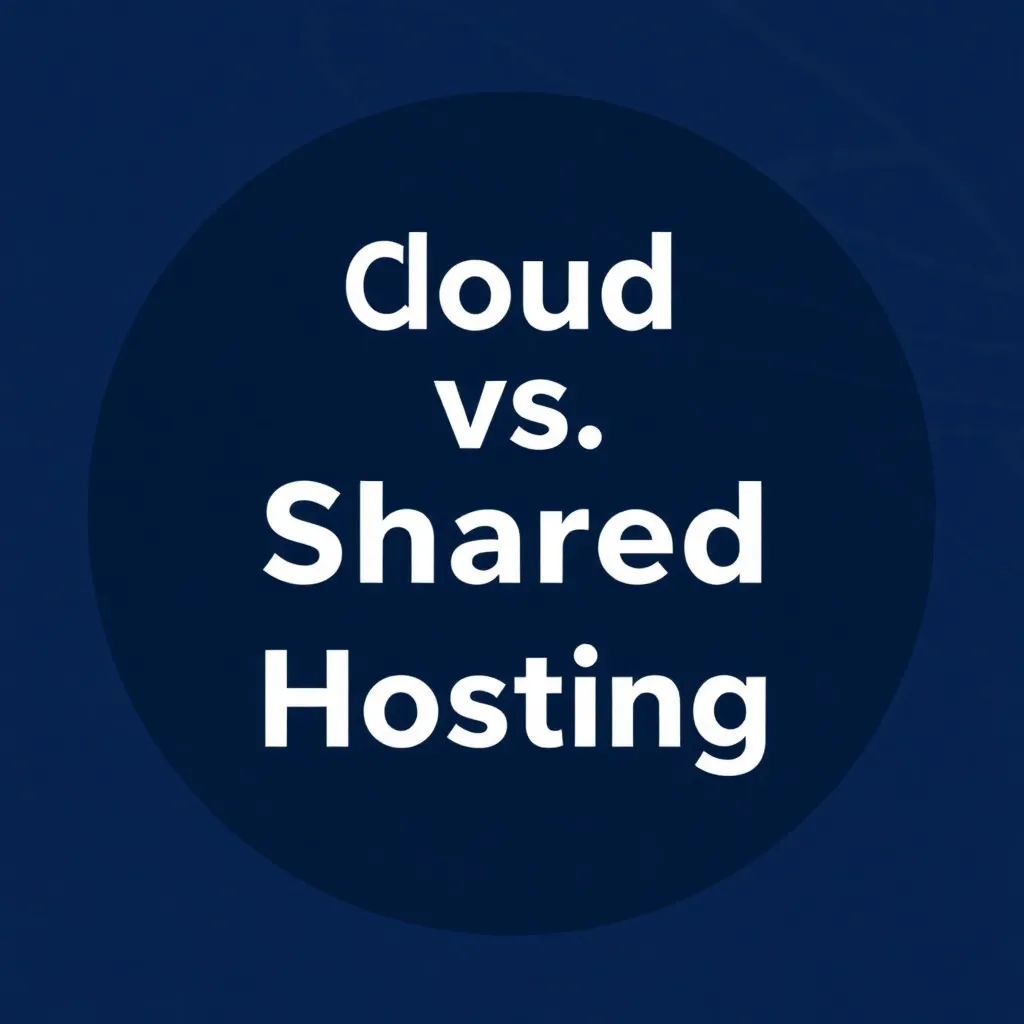The basics of email marketing automation
Email marketing automation is revolutionizing the way companies communicate with their customers. By using smart technologies, marketing teams can send personalized messages to the right audience at the right time without wasting valuable time. In 2025, numerous innovative automation solutions are already available to help both small and large companies work more efficiently.
Email marketing automation refers to the process of sending emails automatically based on specific triggers or schedules. This makes it possible to deliver relevant content while saving time and resources. The core elements of email automation include:
- Trigger-based e-mails
- Personalization
- Segmentation
- A/B testing
- Analytics and reporting
Advantages of email marketing automation
The implementation of automation processes in email marketing offers numerous advantages that every company can benefit from:
- Time savings through automated workflows
- Improved customer loyalty through relevant and timely communication
- Higher conversion rates thanks to personalized content
- Scalability of marketing campaigns
- Detailed insights into customer behavior and campaign performance
Top email automation tools for 2025
Choosing the right tool is crucial to realizing the full potential of email marketing automation. Here are some of the leading platforms that will be used successfully in 2025:
- ActiveCampaign - Known for its advanced automation features and CRM integration.
- Mailchimp - A user-friendly platform with robust automation capabilities, ideal for small to medium-sized businesses.
- Brevo (formerly Sendinblue) - Offers a combination of email marketing, SMS marketing and chat functions.
- GetResponse - A comprehensive marketing solution with a focus on email automation and landing page creation.
- Omnisend - Specialized in e-commerce with integrated multichannel marketing functions.
Effective strategies for email marketing automation
To get the most out of your automation tools, you should consider different strategies:
Welcome series
Create a series of emails that welcome new subscribers and familiarize them with your brand. This series can include information about your products, services or company values. A well-designed welcome series lays the foundation for a long-term customer relationship.
Behavior-based triggers
Use your customers' behavior to trigger relevant emails. For example, shopping cart abandonment emails or product recommendations based on previous purchases can encourage customers to visit again. By analyzing user behavior, automated triggers can be created that are precisely tailored to the needs of the recipient.
Personalization and segmentation
Divide your contact list into segments based on demographic data, purchasing behavior or interests. Targeted personalization increases the relevance of the message and thus boosts conversion rates. Segmented campaigns can provide special offers and content tailored to the needs of different customer groups.
Re-engagement campaigns
Use automated campaigns to reactivate inactive subscribers. Provide special offers or exclusive information to reignite interest. Such campaigns not only help to regain the attention of customers, but also prevent the loss of valuable contacts.
Lifecycle marketing
Implement automated emails that cover the entire customer lifecycle - from acquisition and conversion to retention and reactivation. Seamless communication throughout the entire lifecycle strengthens customer value and promotes long-term relationships.
Best practices for email marketing automation
To maximize the success of automated email campaigns, you should follow these best practices:
- Set clear goals for each automation.
- Test and optimize your emails continuously with A/B tests.
- Ensure a consistent brand identity in all messages.
- Observe the data protection regulations and preferences of your subscribers.
- Use data and analyses to continuously refine your strategies.
The future of email marketing automation
Email marketing automation is constantly evolving. The following trends can be expected in 2025 and beyond:
- Increased integration of AI and machine learning for even more precise personalization.
- Improved prediction models for customer behavior.
- Seamless integration with other marketing channels for a holistic customer experience.
- More advanced segmentation options thanks to real-time data.
Advanced strategies for effective email marketing automation
In addition to the strategies already mentioned, there are other approaches that can increase the performance of your email marketing automation:
The use of dynamic content is playing an increasingly important role. Today, companies have the opportunity to adapt content to the interests and behavior of subscribers in real time. This can range from dynamically adapting the subject line to fully personalized call-to-actions. By using data analysis and AI, it is possible to make predictions about the recipient's behavior and adapt emails accordingly before the recipient even opens them.
Another advanced technique is to include interactive elements in your emails. Think of surveys, quizzes or even mini-games that encourage the recipient to actively engage with the content. Interactive emails can not only increase engagement and click-through rates, but also provide valuable feedback that can be incorporated into future campaigns.
Optimizing the mobile display is also of central importance. More and more people are accessing emails via mobile devices, which is why responsive design and short loading times are essential. Test your campaigns regularly on different devices to ensure that your content is displayed optimally everywhere.
Technological innovations and AI in email marketing
The integration of artificial intelligence (AI) and machine learning into email marketing opens up completely new possibilities. AI can help to interpret user behavior and make predictions for future purchasing decisions. For example, these technologies can make the following tasks much more efficient:
- Segmentation of the recipient list based on user behavior
- Creation of dynamic content that adapts in real time
- Optimization of sending times based on individual opening and click patterns
- Automatic improvement of subject lines to increase open rates
Several companies are already using AI-supported platforms to optimize their campaigns. By using complex algorithms, marketing processes that previously had to be carried out manually can be automated. This not only saves time, but also enables deeper personalization and ultimately higher conversion rates.
Another important aspect is the integration of CRM systems into your automation solutions. By incorporating customer data and interaction histories into your marketing campaigns, you create a holistic picture of the customer. This allows campaigns to be planned and implemented in an even more targeted manner. Modern tools often offer seamless interfaces to popular CRM solutions so that the exchange of information works smoothly.
Practical examples and success stories
Successful companies report impressive results through the use of email marketing automation. Some practical examples illustrate how automation significantly increases business success:
- An e-commerce company saw a 30 % increase in conversion rates after implementing segmented campaigns and behavior-based triggers.
- A service provider significantly reduced customer churn by combining a welcome series with regular, personalized updates and re-engagement campaigns.
- A B2B company automated its lead-nurturing campaigns, which led to a significant improvement in return on investment (ROI).
These success stories show that the right strategy, combined with the right tools, enables companies to achieve their marketing goals efficiently while building deeper customer loyalty.
Tips for the effective implementation of email marketing automation
For companies that are just entering the world of automation, there are some important tips for successful implementation:
- Start with a clear plan: define your goals, target groups and metrics to measure the success of your campaigns.
- Invest in training: Make sure your team understands how to use automation tools and how to exploit their potential.
- Test continuously: Use A/B testing to find out which content and approaches work best.
- Observe data protection and compliance: Adhere to applicable data protection regulations to maintain the trust of your customers.
- Rely on an integrated infrastructure: Ensure that your email marketing software works seamlessly with other systems such as CRM and web analytics tools.
A reliable Web hosting provider can help you to send your email campaigns smoothly and securely. When choosing your hosting partner, pay attention to factors such as server performance, scalability and Data protection complianceto ensure a solid technical basis.
Optimization and success control
The success of your email marketing automation depends largely on continuous analysis and optimization. Create regular reports to monitor which campaigns are performing best. Pay particular attention to key figures such as open rates, click behavior, conversion rates and unsubscribes.
Modern analysis tools can be used to identify weak points in the customer journey. Use these findings to improve your automated workflows and test new, innovative approaches. The use of AI-supported hosting solutions such as AI-supported hosting solutions make the difference.
Other important metrics are deliverability and sender reputation. These parameters are crucial to ensure that your emails do not end up in the spam folder. Through regular audits and technical optimizations, you can sustainably improve your delivery rates.
Outlook for the future: Email marketing automation in the digital age
Digital change is constantly bringing new challenges and opportunities in email marketing. Technologies such as edge computing, big data and predictive analytics will further expand the possibilities for automation. This will enable companies to react even faster to market changes and adapt their customer communication in real time.
The next stage of development is likely to be a fully integrated multichannel strategy. This means that email campaigns are no longer viewed in isolation, but as part of a comprehensive marketing ecosystem that also includes social media, SMS, messenger services and other communication channels. A harmonious integration of all these channels makes it possible to offer customers a consistent brand experience.
Another exciting aspect is the role of machine learning in predicting purchasing behavior and optimal broadcast times. In the near future, automated systems could make decisions almost autonomously that traditionally required manual intervention. This will lead to even more efficient and customer-oriented communication that focuses on the individual customer.
The continuous development of technologies and the increasing integration of all digital touchpoints will further increase the potential of email marketing automation. Companies that are prepared to invest in innovative tools and strategies will continue to enjoy a competitive advantage in the coming years and strengthen their customer loyalty in the long term.
Conclusion
Email marketing automation is a powerful tool that helps companies communicate effectively with their customers while saving resources. With the right tools and strategies, personalized, relevant and timely messages are created that strengthen customer loyalty and significantly increase ROI.
The continuous observation of trends, the integration of advanced technologies and the ongoing optimization of campaigns are crucial to long-term success. Companies that invest in a sound automation strategy today not only secure a competitive advantage, but also build stable customer relationships in the long term.
The right partners and technologies, such as a reliable Web hosting provider and the use of Data protection compliance and AI-supported hosting solutionsensure that your automation efforts are built on a solid foundation.
In conclusion, email marketing automation not only increases the efficiency of your marketing processes, but also opens up new ways to address your target groups even more precisely. With the right strategies, a clear target definition and modern technology, you can ensure that your campaigns remain successful in the future.



